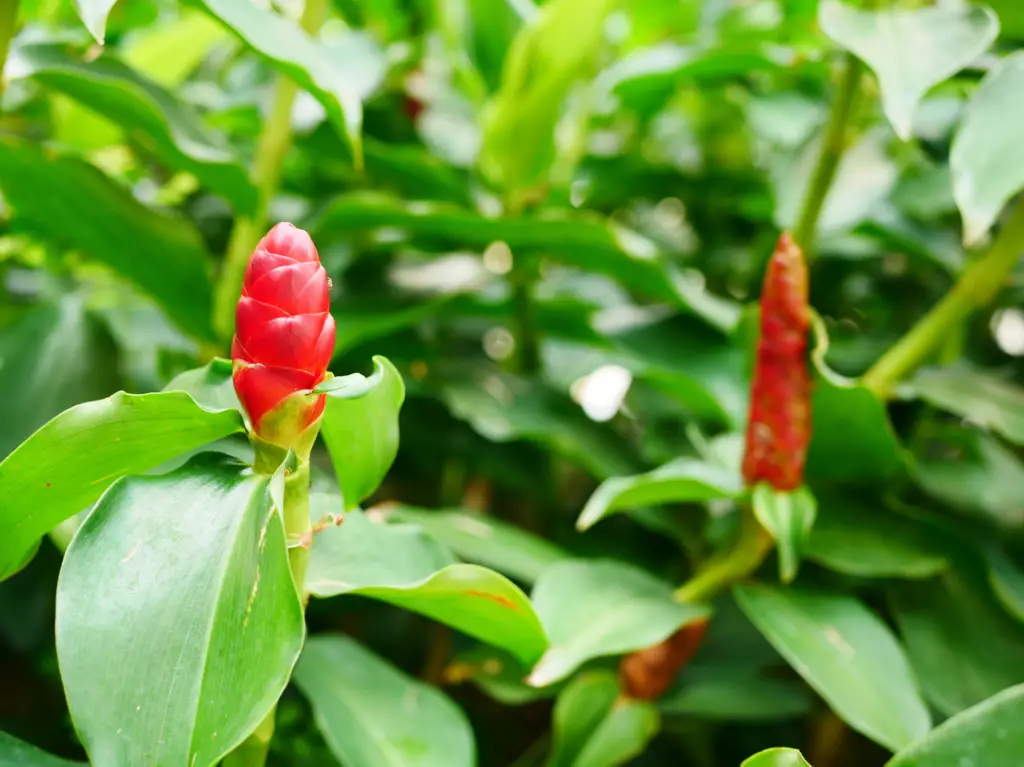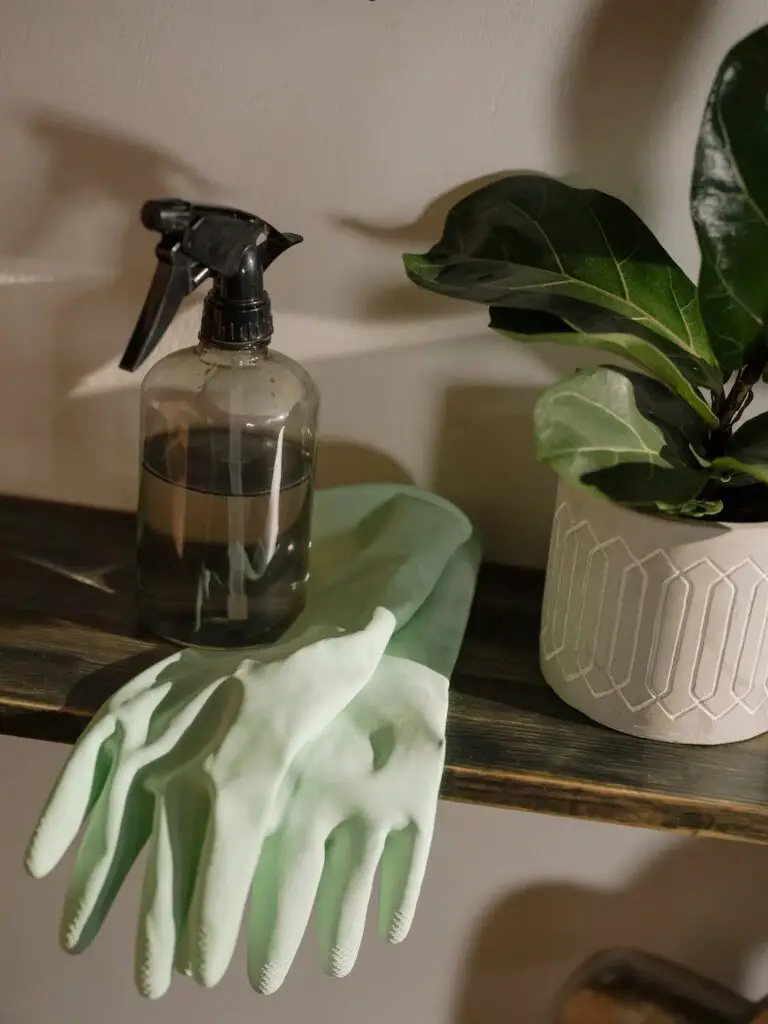Zingiber zerumbet, also known as bitter ginger, awapuhi, shampoo ginger, or pinecone ginger, is a tropical plant that belongs to the Zingiberaceae family. It is native to Southeast Asia, but it can be found in India, China, Japan, and Hawaii. The plant has medicinal properties and culinary uses, but it can also be grown as an indoor plant. In this article, we will explore how to care for Zingiber zerumbet as an indoor plant, its benefits, and potential drawbacks.
Table of Contents
Plant Description
Zingiber zerumbet is a rhizomatous perennial herb that can grow up to 1.5 to 2 meters in height. The plant produces long, narrow leaves that are approximately 30-60 cm long and 4-12 cm wide. The leaves are dark green, smooth, and glossy. The stems of Zingiber zerumbet are erect, and they produce cone-like inflorescences that are green or yellow in colour. The cones are approximately 10 cm in length and are covered with a scaly texture. Hence the plant’s common name “pinecone ginger.”

Benefits of Zingiber Zerumbet
Zingiber zerumbet has a long history of use in traditional medicine. The plant can be used to treat digestive issues, inflammation, and skin problems. The plant contains bioactive compounds such as gingerols, shogaols, and zingiberene, which are responsible for its anti-inflammatory, anti-oxidant, and anti-cancer properties. Zingiber zerumbet is also used in cosmetics and personal care products. The rhizomes contain natural surfactants. These can be used as a mild shampoo, hence its common name “shampoo ginger.” The rhizomes are also used to make perfumes, lotions, and soaps due to their pleasant aroma.
Growing Zingiber Zerumbet as an Indoor Plant
Zingiber zerumbet is a relatively easy plant to grow indoors, but it requires specific conditions to thrive. Here are the steps to grow Zingiber zerumbet as an indoor plant:
- Soil and Potting
Zingiber zerumbet requires well-draining soil that is rich in organic matter. A good soil mixture for the plant is a combination of potting soil, perlite, and peat moss. The plant prefers a slightly acidic soil pH between 5.5 and 6.5.
When choosing a pot for Zingiber zerumbet, select a container that is at least 8 inches deep (20 centimetres) and has good drainage holes. The plant can grow quite large, so ensure that the pot is large enough to accommodate the plant’s root system.
- Light Requirements
Zingiber zerumbet prefers bright, indirect light. The plant can tolerate some direct sunlight, but too much can scorch the leaves. Place the plant near a window that receives filtered sunlight or place it under a grow light that provides bright, indirect light.
- Temperature and Humidity
Zingiber zerumbet thrives in warm, humid conditions. The plant prefers temperatures between 18-27°C, so it is essential to keep the plant away from drafts and cold air. Use a humidifier or place the pot on a tray filled with pebbles and water to increase the humidity around the plant.
- Watering and Fertilising
Zingiber zerumbet requires regular watering, but it is important not to overwater the plant. Water the plant when the top inch of soil feels dry to the touch. Ensure that the pot has good drainage, as the plant can be susceptible to root rot. Fertilise the plant every two to three months during the growing season with a balanced fertiliser. Avoid fertilising during the plant’s dormant period, which is typically in the fall and winter.


Common diseases and pests
Zingiber zerumbet is generally a hardy plant with few pest problems. However, it can be susceptible to mealybugs, spider mites, and scale insects. If you notice any pests on your plant, isolate the plant and treat it immediately. You can use a neem oil or insecticidal soap spray to get rid of the pests. Spray the plant thoroughly, including the undersides of the leaves. Repeat the treatment every 2-3 weeks until the pests are gone. It is important to keep a close eye on your plant and regularly inspect it for any signs of pest infestation.
Conclusion
Zingiber zerumbet is a beautiful and versatile plant that can be grown as an indoor plant. It has many benefits, including its medicinal properties, culinary uses, and cosmetic applications. The plant is relatively easy to care for, but it requires specific conditions, such as well-draining soil, bright, indirect light, and warm, humid conditions. When watering and fertilizing the plant, it is essential not to overwater and to fertilize every two to three months during the growing season. Additionally, it is important to keep a close eye on the plant and regularly inspect it for any signs of pest infestation. With proper care, your Zingiber zerumbet can thrive indoors, adding beauty and benefit to your home.
